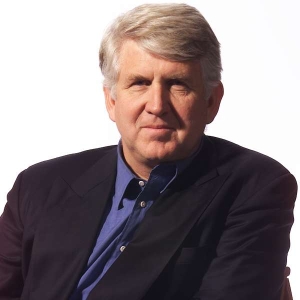Yonatan Mendel begins his essay in the London Review of Books this way:
A year ago I applied for the job of Occupied Territories correspondent at Ma’ariv, an Israeli newspaper. I speak Arabic and have taught in Palestinian schools and taken part in many joint Jewish-Palestinian projects. At my interview the boss asked how I could possibly be objective. I had spent too much time with Palestinians; I was bound to be biased in their favour. I didn’t get the job. My next interview was with Walla, Israel’s most popular website. This time I did get the job and I became Walla’s Middle East correspondent. I soon understood what Tamar Liebes, the director of the Smart Institute of Communication at the Hebrew University, meant when she said: ‘Journalists and publishers see themselves as actors within the Zionist movement, not as critical outsiders …
… and continues with many paragraphs that ought to challenge how those of us in the West cover any conflict …
In most of the articles on the conflict two sides battle it out: the Israel Defence Forces, on the one hand, and the Palestinians, on the other. When a violent incident is reported, the IDF confirms or the army says but the Palestinians claim: ‘The Palestinians claimed that a baby was severely injured in IDF shootings.’ Is this a fib? ‘The Palestinians claim that Israeli settlers threatened them’: but who are the Palestinians? Did the entire Palestinian people, citizens of Israel, inhabitants of the West Bank and the Gaza Strip, people living in refugee camps in neighbouring Arab states and those living in the diaspora make the claim? Why is it that a serious article is reporting a claim made by the Palestinians? Why is there so rarely a name, a desk, an organisation or a source of this information? Could it be because that would make it seem more reliable? . . .
The IDF, again the envy of all other armies, kills only the most important people. ‘A high-ranking member of Hamas was killed’ is almost a chorus in the Israel media. Low-ranking members of Hamas have either never been found or never been killed. Shlomi Eldar, a TV correspondent in the Gaza Strip, bravely wrote about this phenomenon in his book Eyeless in Gaza (2005). When Riyad Abu Zaid was assassinated in 2003, the Israeli press echoed the IDF announcement that the man was the head of the military wing of Hamas in Gaza. Eldar, one of Israel’s few investigative journalists, discovered that the man was merely a secretary in the movement’s prisoner club. ‘It was one of many occasions in which Israel “upgraded” a Palestinian activist,’ Eldar wrote. ‘After every assassination any minor activist is “promoted” to a major one.’ . . .
Read all of Mandel's essay …
